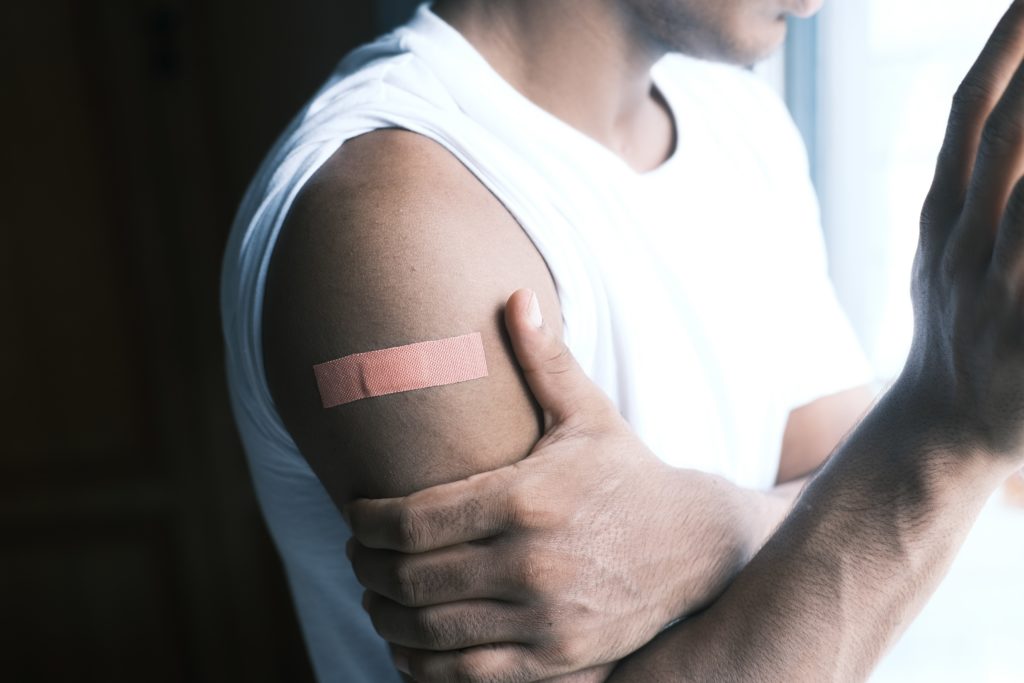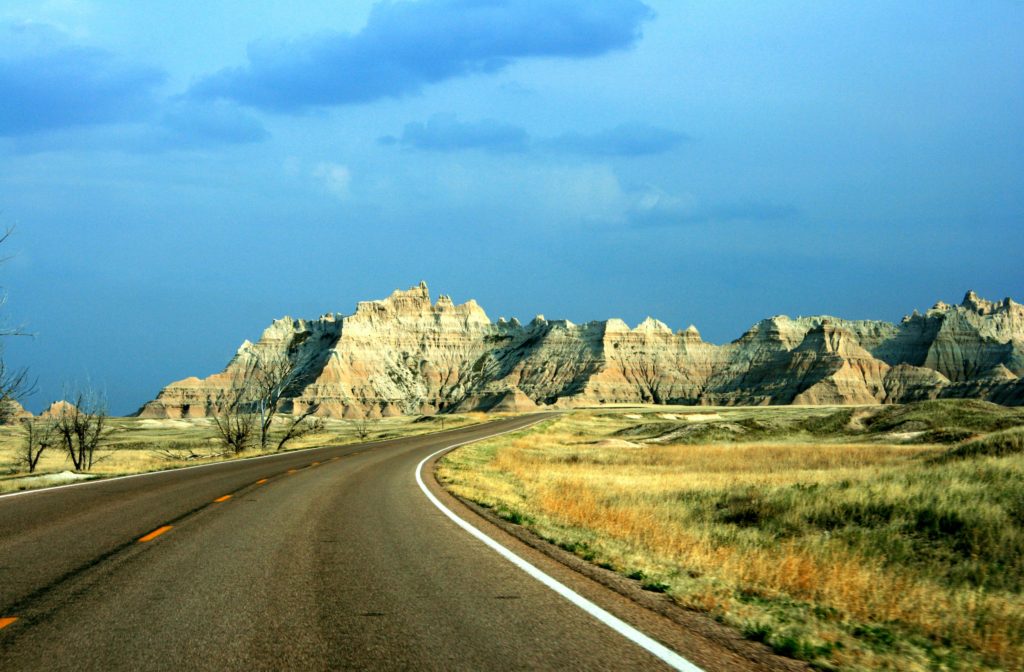In watching the film How to Survive a Plague and reading Steven Epstein’s piece on AIDS activism and clinical trial reform, it is clear that the fight to provide care and treatment for those suffering from AIDS has been extremely difficult. Both of these also demonstrate the strong linkage between activism for HIV/AIDS research and treatment is strongly linked to identity, as the 1980s AIDS movement became led by affected individuals that often identified with the gay community. Because AIDS became associated with things like sex and drugs, AIDS became heavily stigmatized and the connection between identity and illness became problematic. The AIDS movement revealed many systemic issues in the way research is conducted and how those with stigmatized conditions are treated by the medical community and society as a whole (Epstein). The HIV/AIDS epidemic has been a public health issue for several decades, and though great strides have been made in developing drugs to treat AIDS, there is no cure and an effective vaccine has yet to be developed. Why has vaccine and drug development for HIV/AIDS been such a long and challenging process? Once available, how will stigmatization and bias toward HIV/AIDS impact vaccination efforts?

Overview on HIV and AIDS
Since first identified in the US during the 1980s, human immunodeficiency virus (HIV) has remained a public health concern and affects millions of people across the globe. HIV is a virus that causes flu-like symptoms in the acute stages. However, if left untreated HIV weakens a person’s immune system such that the infected person develops AIDS (acquired immunodeficiency syndrome). Once a person progresses to AIDS, they typically only live for a few years, and are at serious risk for contracting opportunistic pathogens that cause fatal infections in a person with AIDS (“Symptoms of HIV and AIDS: What to Look For?”). HIV is transmitted through contact with bodily fluids and men who have sex with other men, particularly black men, are most affected by HIV, but anyone can contract HIV if exposed (Levine).
Challenges to Treatment
HIV’s association with and increased incidence in the gay and bisexual communities complicates treatment. Homophobia has historically played a large role in creating HIV stigma and continues to play a role today. During the AIDS movement of the 1980s many, including government and church officials, judged those with HIV and AIDS, believing that sexual behaviors that contributed to spread the virus were immoral (How to Survive a Plague). Homophobia prevents many from getting tested for HIV, has caused resistance to pre-exposure prophylaxis, a newer preventative medication for HIV and AIDS, and inhibits safe sex education efforts. Gay and bisexual men often experience discrimination that causes higher rates of suicide, depression, and drug abuse. Some lose support from their families after coming out to them which can make them economically disadvantaged, inhibiting their access to healthcare (Halkitis). Though more people are becoming accepting of the gay and bisexual communities remnants of historic discrimination and homophobia are still evident today and affect these communities’ healthcare especially as a group that remains vulnerable for contracting HIV.
The difficulty in treating HIV is also due to the biology of this disease. Unlike other infectious diseases like COVID19 and influenza which are RNA viruses, HIV is a DNA based retrovirus that is less easily targeted by mRNA vaccines. Specifically, HIV latency phase can prevent HIV from being easily detected. An HIV positive individual can live for over a decade with latent HIV infection where the virus exists in the body at very low levels (Cure – Science of HIV). They are still able to transmit HIV with a detectable viral load, but proper medication with antiretroviral therapies (ARTs) can allow a person to have an undetectable viral load that prevents the person from experiencing symptoms or being able to transmit the disease. However, as a retrovirus, HIV integrates into the infected person’s DNA, so ARTs can prevent replication of HIV, but cannot eradicate HIV DNA from the host. Thus, those at risk for contracting HIV must be regularly tested and positive individuals must monitor viral loads to understand their risk for developing AIDS and whether they can transmit the virus to others. With respect to vaccine development, typical antibody neutralization of HIV is challenged by the virus’ ability to evolve and mutate rapidly to evade antibody mediated neutralization.
As of now, there is no cure for HIV/AIDS. Antiretroviral therapy (ART) is the most effective strategy to date for HIV management. Since the start of the HIV/AIDS epidemic, nearly 24 different pharmacological agents have been approved for treating HIV and work by preventing viral replication. In addition to ART, pre-exposure prophylaxis (PrEP) was approved in 2012 and is highly effective at preventing HIV infection. Current work is aimed at developing a vaccine for HIV especially as mRNA vaccines have shown great promise for the COVID19 pandemic. Moderna and the National Institute of Allergy and Infectious Diseases are currently testing mRNA based HIV vaccines in phase 1 trials. Though initial data from these trials, an additional 5-10 years of trials must be conducted before these vaccines can become widely available (Vesper).
Enacting an Effective Vaccination Campaign
Beyond overcoming biological challenges in developing an effective vaccine, combating systemic issues and likely opposition to HIV vaccination will be a major concern in disseminating the vaccine to the population. First, HIV stigma, homophobia, and embarrassment may prevent people from wanting to get vaccinated. Many might think vaccination is not necessary for them because it is only common in the gay and bisexual communities, and if they do not identify with those communities they might be reluctant to get vaccinated. Advocates for improved HIV/AIDS treatment development efforts suggest investing in community engagement and behavioral science to increase reception to vaccination. With more people receptive to receiving vaccination the social risk a person takes in getting vaccinated decreases. The COVID19 vaccination effort was wildly successful because public health officials and epidemiologists were able to generate excitement around getting vaccinated and brought millions of vaccines to people in a coordinated effort. To obtain similar success with HIV vaccination, significant work would need to be done in educating the public about the benefits of vaccination and reducing stigma and perceived social risk surrounding vaccination. In addition, ensuring that the public has access to vaccination is critical to ensuring success of an HIV vaccination campaign. This could be accomplished by creating a public vaccination program for an HIV vaccine or by expanding insurance plans to cover an HIV vaccine. A lack of a federal vaccination program would present challenges in ensuring vaccines reach uninsured people, especially as many at risk for HIV may not have strong health insurance. A final consideration in bringing vaccination to the public is overcoming vaccine hesitancy. A significant number of Americans have become wary of vaccines such that the WHO has identified hesitancy to vaccinate as a top ten global health threat. Even if researchers and vaccine developers can overcome scientific barriers in developing an HIV vaccine, combating systemic issues and societal reluctance to vaccinate will be an equally challenging factor in the vaccine’s success (Bose).
Levine, Hallie. “6 Surprising Things You May Not Know About HIV/AIDS Today.” Content Lab U.S., 15 Mar. 2023, www.jnj.com/innovation/6-surprising-things-you-may-not-know-about-hiv-aids-today.
Conclusions
Currently 1.2 million people in the United States have HIV and over 18,000 people died of HIV in 2020 alone (“HIV And AIDS Trends and U.S. Statistics Overview”). The battle for effective therapies for HIV/AIDS has been ongoing for decades, and without better therapies, people will continue to suffer from this disease especially as climate change will increase opportunistic pathogens that contribute to deaths in the coming years. As vaccination is one of the most effective ways to prevent death for most diseases, an HIV vaccine would significantly improve the status of HIV positive individuals (Ten Threats to Global Health in 2019).
However, just developing the vaccine is not enough, and strategizing ways to vaccinate the public will be critical in the vaccine’s success. With the existence of vaccine hesitancy among Americans, public health officials must properly educate Americans on HIV and the efficacy of the future vaccine. Additional work must be done to de-stigmatize HIV/AIDS to increase reception to an HIV vaccine and increase the number of vaccinated individuals. Education is incredibly powerful in helping Americans understand the severity and complexity of this epidemic. In anticipation of a vaccine, advocates must continue the momentum begun in the 1980s in support of HIV/AIDS treatment and care.
References:
Arts, Eric J., and Daria J. Hazuda. “HIV-1 Antiretroviral Drug Therapy.” Cold Spring Harbor Perspectives in Medicine, vol. 2, no. 4, Cold Spring Harbor Laboratory Press, Apr. 2012, p. a007161. https://doi.org/10.1101/cshperspect.a007161.
Bose, Devi Leena. “Preparing Society for a HIV Vaccine.” Nature India, Nature Portfolio, May 2022, https://doi.org/10.1038/d44151-022-00050-4.
Casadevall, Arturo. “Climate Change Brings the Specter of New Infectious Diseases.” Journal of Clinical Investigation, vol. 130, no. 2, American Society for Clinical Investigation, Feb. 2020, pp. 553–55. https://doi.org/10.1172/jci135003.
Cure – Science of HIV. scienceofhiv.org/wp/cure/#:~:text=HIV%20is%20so%20difficult%20to,detected%20by%20the%20immune%20system.
Epstein, Steven. “The Construction of Lay Expertise: AIDS Activism and the Forging of Credibility in the Reform of Clinical Trials.” Science, Technology, & Human Values, vol. 20, no. 4, 1993.
Halkitis, Perry N. “Discrimination and Homophobia Fuel the HIV Epidemic in Gay and Bisexual Men.” https://www.apa.org, www.apa.org/pi/aids/resources/exchange/2012/04/discrimination-homophobia.
“HIV And AIDS Trends and U.S. Statistics Overview.” HIV.gov, www.hiv.gov/hiv-basics/overview/data-and-trends/statistics.
How to Survive a Plague. Directed by David France, Public Square Films, 2009.
Levine, Hallie. “6 Surprising Things You May Not Know About HIV/AIDS Today.” Content Lab U.S., 15 Mar. 2023, www.jnj.com/innovation/6-surprising-things-you-may-not-know-about-hiv-aids-today.
“Symptoms of HIV and AIDS: What to Look For?” HIV.gov, www.hiv.gov/hiv-basics/overview/about-hiv-and-aids/symptoms-of-hiv.
Ten Threats to Global Health in 2019. www.who.int/news-room/spotlight/ten-threats-to-global-health-in-2019.
Vesper, Inga. “Cautious Optimism for Trials of mRNA-based HIV Vaccine.” SciDev.Net, 30 Mar. 2022, www.scidev.net/global/features/cautious-optimism-for-trials-of-mrna-based-hiv-vaccine.


